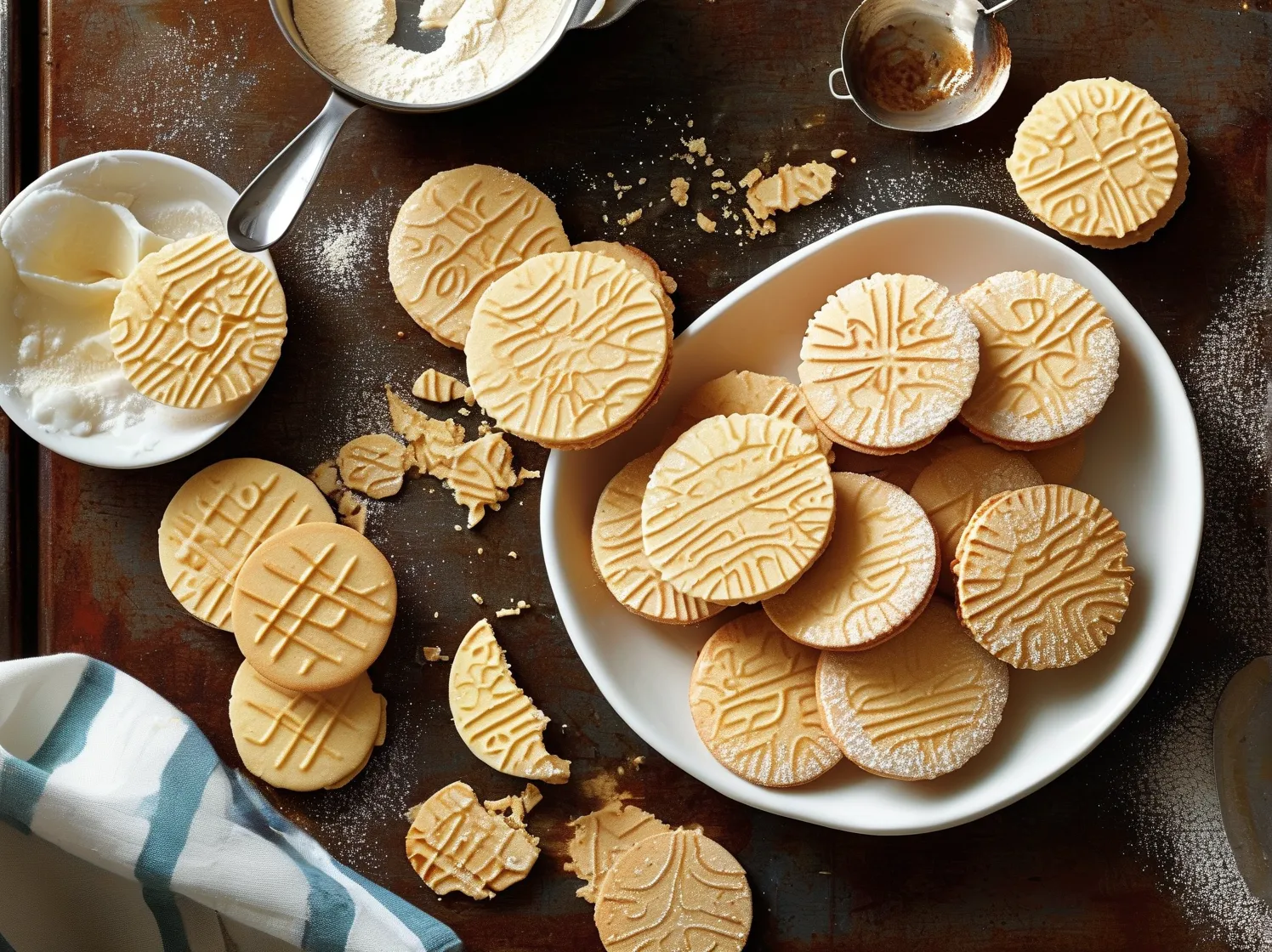The Timeless Art of Pizzelle Making: Mastering Your Authentic Italian Iron
Pizzelle, the delicate waffle-like cookies with intricate snowflake patterns, have graced Italian tables for centuries. While modern electric irons simplify the process, using an authentic stampo per pizzelle (traditional pizzelle iron) requires patience and precision. Whether you’re reviving a family recipe or diving into Italian baking traditions, these expert tips will ensure your cookies stay crisp, golden, and unmistakably authentic.
Understanding Your Pizzelle Iron’s Heritage
Traditional pizzelle irons are cast iron or aluminum molds heated over stovetops, distinct from electric versions. Their design dates back to medieval Italy, where they were used for communion wafers. According to culinary historian Carla Tomasi, “The weight and material of the iron ensure even heat distribution—critical for achieving that signature lace-like texture.” Opt for a well-seasoned vintage iron or invest in a high-quality modern replica from trusted brands like VillaWare or CucinaPro.
Preparing the Perfect Pizzelle Batter
Authenticity starts with simplicity. Classic recipes call for just six ingredients: eggs, sugar, flour, butter (or oil), vanilla or anise extract, and baking powder. For crispier cookies, reduce the fat slightly; for softer textures, add a tablespoon of milk. Chef Gianluca Rocco of Rome’s Pasticceria Regoli advises: “Mix by hand to avoid overworking the batter. It should ribbon off the spoon but hold its shape briefly before settling.” Rest the batter 15 minutes to let flavors meld—a step often overlooked in rushed recipes.
Mastering Heat Control on Stovetop Irons
Uneven browning is the top complaint among first-time users. Cast iron retains heat longer but responds slowly to adjustments. Preheat both sides of the iron over medium-low heat (about 375°F) for 5–7 minutes. Test readiness by flicking water droplets onto the surface—they should sizzle without smoking. Alessia Martini, third-generation pizzelle maker in Abruzzo, shares her technique: “Rotate the iron every 30 seconds to distribute heat evenly. Look for steam escaping the edges as a sign to check doneness.”
Avoiding Sticking: Seasoning and Technique
Even nonstick irons benefit from seasoning. Rub heated plates with a neutral oil (grapeseon oil works best) using a lint-free cloth before each batch. For stubborn sticking issues, food historian Emily Viccaro recommends a paste of equal parts salt and oil: “Gently scrub cooled plates with the mixture—it removes residue without damaging patterns.” Ensure batter doesn’t overflow; excess causes gluey edges that tear when opening the iron.
Shaping and Storing Like a Nonna
Remove cookies immediately using a flat spatula. While still warm, roll them into cannoli tubes or drape over rolling pins for curved shapes—a trick documented in Pellegrino Artusi’s 1891 cookbook Science in the Kitchen. Store cooled pizzelle in airtight tins layered with parchment paper. For long-term freshness, freeze unbattered (they thaw in minutes at room temperature).
Troubleshooting Common Issues
– Soggy centers? Reduce batter quantity—a heaping teaspoon per mold is ideal.
– Burned edges? Lower heat slightly and shorten cooking time by 10–15 seconds.
– Fading patterns? Brush plates lightly with oil before each cookie; built-up residue dulls details.
Preserving Tradition Through Modern Adaptations
While purists insist on classic anise flavor, today’s bakers experiment with citrus zest, cocoa powder, or almond extract. For gluten-free versions, substitute all-purpose flour with a 1:1 blend of rice and tapioca flour—approved by Italy’s Celiac Association (AIC) for authentic texture retention.
Whether served with espresso dusted with powdered sugar or layered into festive struffoli towers, pizzelle remain edible heirlooms. As food anthropologist Dr. Marco Ferrara notes: “Each cookie carries centuries of technique—a reminder that some traditions are worth perfecting.” By honoring your iron’s nuances and respecting time-tested methods, you’ll craft cookies worthy of Nonna’s nod of approval.
Sources cited: Italian Culinary Institute archives; AIC gluten-free baking guidelines; interviews with Abruzzo-based artisans.

Leave a Reply